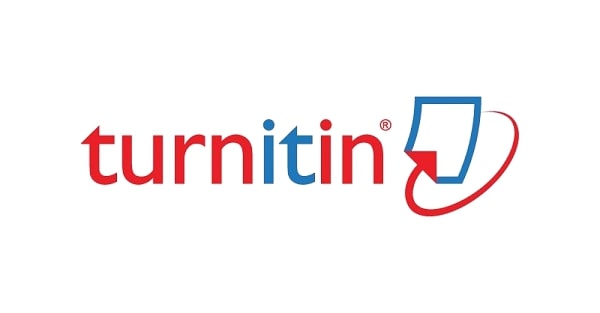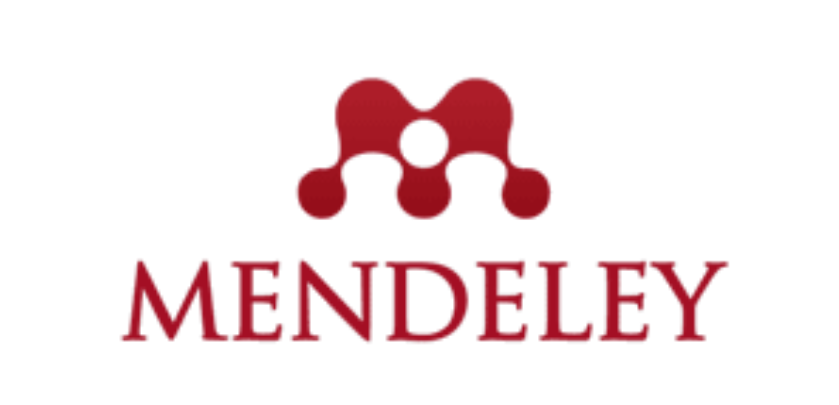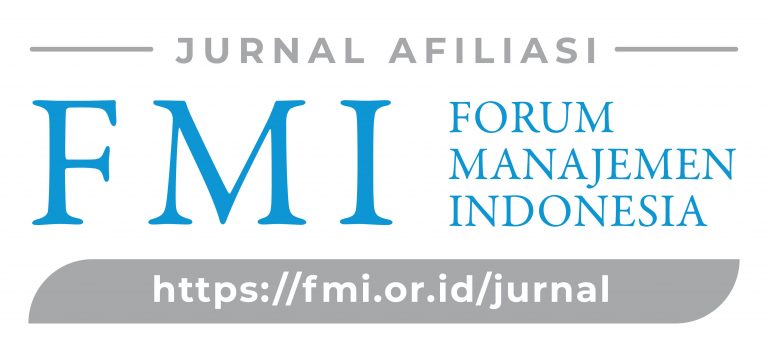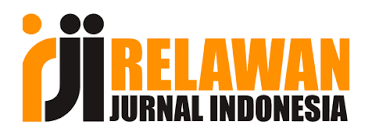ANALISIS EFEKTIVITAS DAN KONTRIBUSI PENERIMAAN BPHTB TERHADAP PENDAPATAN ASLI DAERAH KABUPATEN SIDOARJO
DOI:
https://doi.org/10.55732/unu.gnk.2020.02.2.6Keywords:
effectiveness, contribution, BPHTB, PADAbstract
The purpose of this study is to determine the effectiveness level of land and building rights acquisition fees (BPHTB) and the contribution that land and building rights acquisition fees (BPHTB) provide to local revenue(PAD) in Sidoarjo Regency. The research method used is descriptive qualitative with primary and secondary data sources. Based on the results of research from 2015 to 2019, the following results were obtained: (1) In 2015, the acquisition fee for land and building rights (BPHTB) was 101.08% and increased in 2016 to 114.03%, then in 2017 it increased again by 128.85% in 2018 decreased by 113.02% and increased again in 2019 amounting to 109.15% the effectiveness of land and building land acquisition duties (BPHTB) in Sidoarjo Regency with a very effective value interpretation, with an average effectiveness rate of receiving land and building (BPHTB) fees for five years at 113%. (2) Contribution of land and building rights acquisition fees (BPHTB) to local revenue (PAD) in Sidoarjo Regency in 2015 with a percentage of 17.38%, decreased in 2016 by 17.02%, and increased again in 2017 amounted to 20.19% in 2018 decreased again by 19.76% and experienced an increase again in 2019 by 19.76% of the contribution of land and building acquisition duties (BPHTB )in Sidoarjo Regency for 5 years showing value interpretation less with a percentage of 18.51%. (3) The source of local revenue in Sidoarjo Regency does not only come from the tax on the acquisition of land and building rights (BPHTB), but there are other local taxes, regional levies, and others that are included in the component of regional revenue (PAD).References
Absor,U., Manossoh,H., &Mawikere,L.M. (2017) .Analisis Efektivitas dan Kontribusi Bea Perolehan Hak Atas Tanah dan Bangunan di Kabupaten Minahasa Utara.
Anggoro,DwiDamas. (2017).Pajak Daerah dan Retribusi Daerah. Malang: UBPress. Buku Profil Badan Pelayanan Pajak Daerah Kabupaten Sidoarjo Tahun 2018.
Gunawan, Imam. (2016). Metode Penelitian Kualitatif. Jakarta: Bumi Aksara. Harian Bhirawa.
Siti. (2018). Analisis Efektivitas Penerimaan Bea Perolehan Hak Atas Tanah dan Bangunan serta kontribusinya terhadap pendapatan asli Daerah di Kota Kediri dan Kabupaten Kediri tahun 2013–2017.h
Jamil, dkk. (2016). Analisis Efektivitas Penerimaan Bea Perolehan Hak atas Tanah dan Bangunan dan Kontribusinya terhadap Pendapatan Pajak Daerah (Studi pada Dinas Pendapatan Daerah Kota Malang periode 2011-2014).
Mardiasmo. (2018). Perpajakan edisi terbaru 2018. Yogyakarta.
ANDIMoleong. (2018). Metode Penelitian Kualitatif. Bandung: PT.Remaja Rosdakarya.
Octavia,dkk.(2019). Analisis Efektifitas, Efisiensi, dan Kontribusi pajak daerah terhadap pendapatan asli daerah Kabupaten Lumajang.
Peraturan Bupati Sidoarjo Nomor 21 Tahun2017 tentang Tata Cara Pemungutan Bea Perolehan Hak Atas Tanah dan Bangunan.
Peraturan Daerah Kabupaten Sidoarjo Nomor 5 Tahun 2010. Tentang Bea Perolehan Hak Atas Tanah dan Bangunan.
Peraturan Pemerintah Republik Indonesia Nomor 55 Tahun 2016 Tentang Ketentuan Umum dan Tata Cara Pemungutan Pajak Daerah.
Pratama,dkk. (2019). Analisis Efektifitas, Efisiensi, dan Kontribusi pajak daerah terhadap pendapatan asli daerah Kabupaten Lumajang tahun2013–2017.
Resmi,Siti. (2016). Perpajakan. Teori dan Kasus. Jakarta: Salemba Empat.
Satori,Komariah. (2017). Metodologi Penelitian Kualitatif. Bandung: Alfabeta.
Sugiyono. (2016). Metodologi Penelitian Kualitatif. Bandung: Alfabeta.
Undang-Undang Republik Indonesia Nomor 23 Tahun 2014 tentang Pemerintah Daerah.
Undang-Undang Republik Indonesia Nomor 28 Tahun 2009 tentang Pajak Daerah dan Retribusi Daerah.
Undang-undang Republik Indonesia Nomor 33 Tahun 2004.
Undang-Undang Republik Indonesia Nomor 34T ahun 2000 Tentang Pajak Daerah dan Retribusi Daerah.
Zainuddin. (2016).Analisis Efektifitas, Efisiensi, dan Kontribusi pajak daerah terhadap pendapatan asli daerah Provinsi Maluku Utara.
Downloads
Published
Issue
Section
License

This work is licensed under a Creative Commons Attribution 4.0 International License.
Authors who publish with this journal agree to the following terms:
Authors retain copyright and grant the journal right of first publication with the work simultaneously licensed under a Creative Commons Attribution License that allows others to share the work with an acknowledgement of the work's authorship and initial publication in this journal.
Authors are able to enter into separate, additional contractual arrangements for the non-exclusive distribution of the journal's published version of the work (e.g., post it to an institutional repository or publish it in a book), with an acknowledgement of its initial publication in this journal.
Authors are permitted and encouraged to post their work online (e.g., in institutional repositories or on their website) prior to and during the submission process, as it can lead to productive exchanges, as well as earlier and greater citation of published work (See the Effect of Open Access).
















